A new medical robot created specifically to take blood samples outperformed human health-care professionals in a clinical trial.
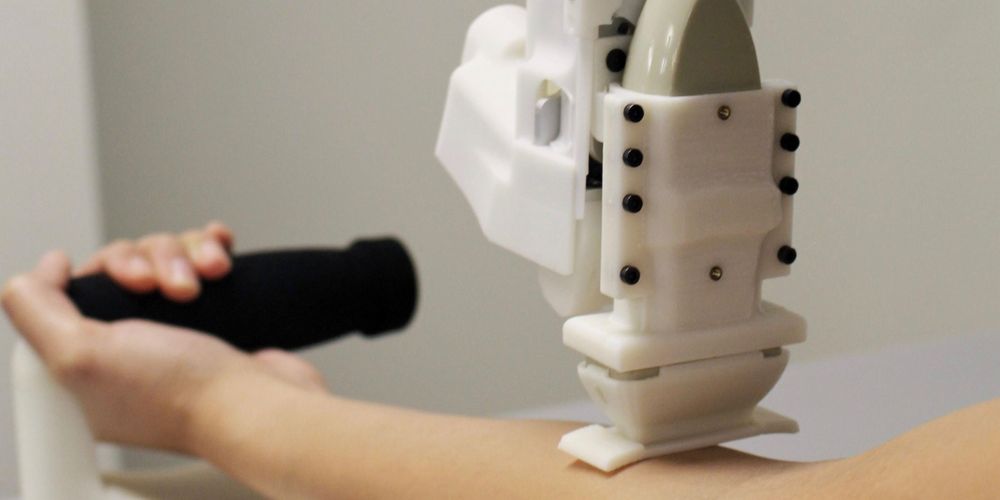

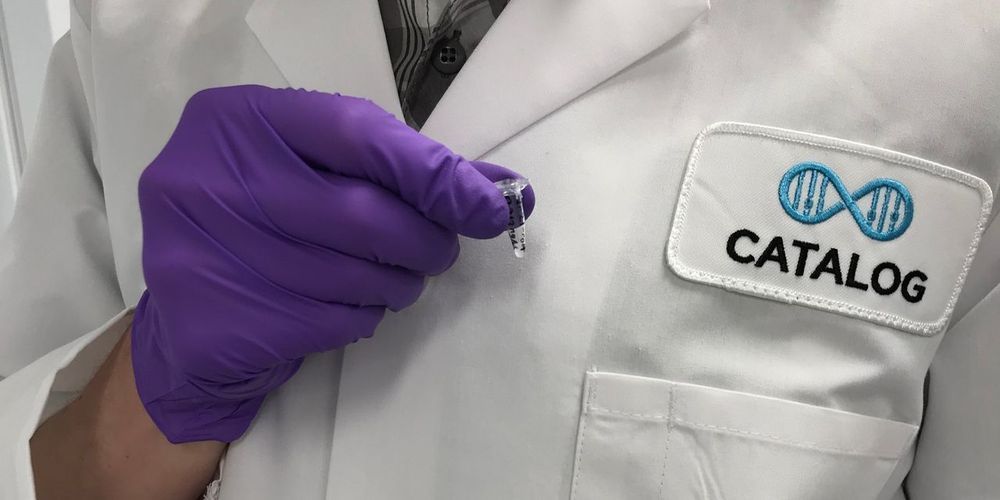
To address the challenge, some startups are making chips focused on specific software tasks. Others are pushing further, finding processing and storage solutions in new materials, including synthetic DNA.
Quantum computing is the best-known of these new methods. Startups as well as tech giants including Alphabet Inc.’s Google and International Business Machines Corp. are developing quantum computers, which harness the properties of quantum physics to sort through a vast number of possibilities in nearly real time. The advent of quantum computing has paved the way for other experimental techniques, startup executives say.
The market for new computing technology comes as advancements in traditional chip making are hitting a physical limit under Moore’s Law, the idea that every two years or so, the number of transistors in a chip doubles.
At the same time, advances in artificial intelligence, easier access to huge troves of data and the continuing digitization of business processes are putting new demands on corporate and scientific computing.

One of the biggest problems in the sneaker resale market may now be more manageable.
Product authentication technology provider Entrupy on Wednesday released its Legit Check Tech (LCT) solution, a device that uses artificial intelligence to determine whether a sneaker is counterfeit or not — and it only takes about a minute to use.
Fake pairs of popular Nike and Adidas sneakers are rampant in the resale sector. Authorities recently busted a counterfeiting operation that shipped $470 million worth of fake Nikes to the US.
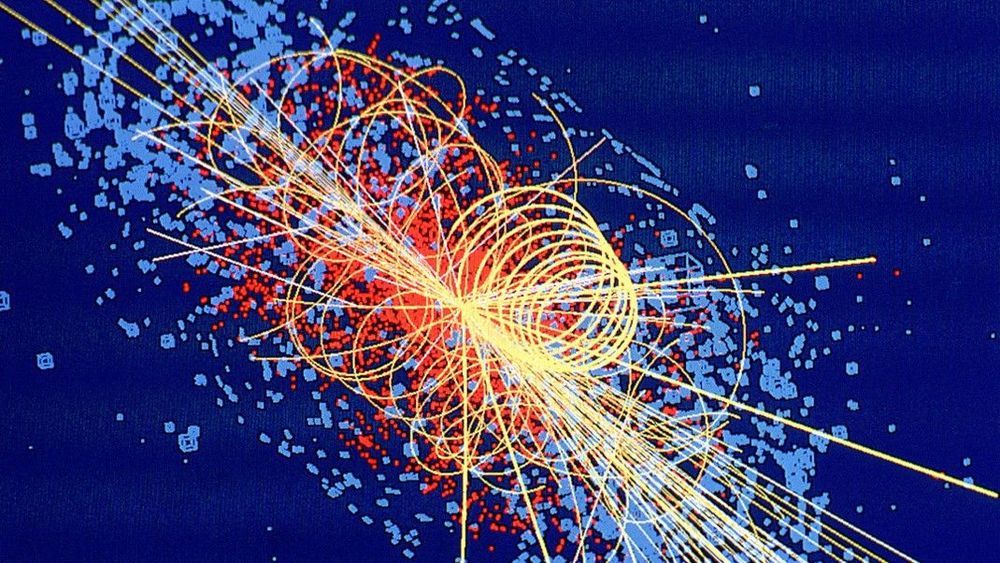
TrackML was a Kaggle competition in 2018 with $25 000 in cash prizes where the challenge was to reconstruct particle tracks from 3D points left in silicon detectors. CERN (the European Organization for Nuclear Research) provided data over particles collision events. The rate at which they occur over there is in the neighborhood of hundreds of millions of collisions per second, or tens of petabytes per year. There is a clear need to be as efficient as possible when sifting through such an amount of data, and this is where machine learning methods may be of help.
Particles, in this case protons, are boosted to high energies inside the Large Hadron Collider (LHC) — each beam can reach 6.5 TeV giving a total of 13 TeV when colliding. Electromagnetic fields are used to accelerate the electrically charged protons in a 27 kilometers long loop. When the proton beams collide they produce a diverse set of subatomic byproducts which quickly decay, holding valuable information for some of the most fundamental questions in physics.
Detectors are made of layers upon layers of subdetectors, each designed to look for specific particles or properties. There are calorimeters that measure energy, particle-identification detectors to pin down what kind of particle it is and tracking devices to calculate the path of a particle. [1] We are of course interested in the tracking, tiny electrical signals are recorded as particles move through those types of detectors. What I will discuss is methods to reconstruct these recorded patterns of tracks, specifically algorithms involving machine learning.
Innovation comes from all ages, and this is further seen in the story of Xóchitl Guadalupe Cruz, an eight-year-old girl from Chiapas, Mexico who invented an entirely solar-powered device for heating water. The impact her invention could have on others around the world is immense, and this has inspired the UNAM’s (National Autonomous University of Mexico) Institute of Nuclear Sciences to award her.
To those in developed countries, her invention may not seem all that revolutionary as access to warm or hot water is commonplace, but for those in many other areas of the world, including her town in Mexico, this would be a luxury.
Cruz’s device was inspired by the desire to reduce deforestation and pollution by replacing the need to cut logs for heating water, which is the primary method used in her part of the world. Cruz furthers her commitment to environmentally sound practices by utilizing recycled materials to build her device.


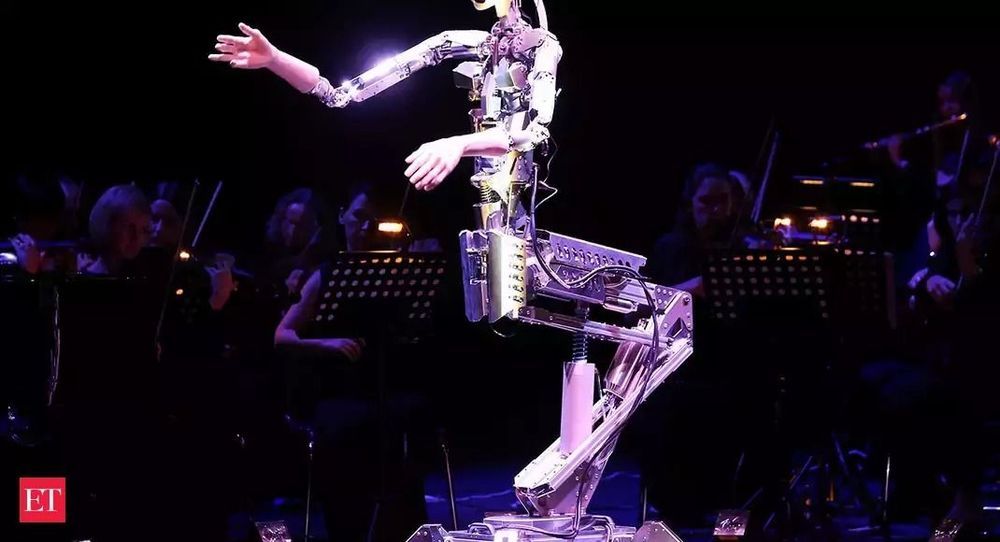
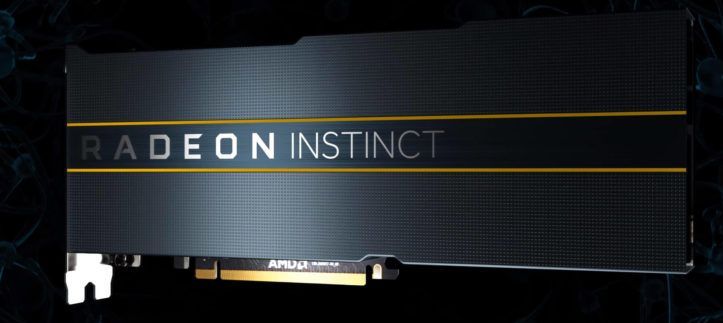
AMD’s upcoming Radeon Instinct MI100 HPC accelerator which would feature the Arcturus GPU has been spotted by Komachi. The existence of the AMD Arcturus GPU was confirmed all the way back in 2018 and two years later, we are finally starting to get details regarding the specifications for AMD’s next HPC/AI accelerator.
AMD Arcturus GPU Powered Radeon Instinct MI100 HPC / AI Accelerator Features 32 GB HBM2, 200W TDP In Early Prototypes
The “Arcturus” codename comes from the red giant star which is the brightest in the constellation of Bootes and among the brightest stars that can be seen from space. Similar to Vega and Navi, both of which are also some of the brightest stars visible in the night sky, the naming scheme takes inspiration from the time since RTG was created and the founding father, Raja Koduri (ex AMD RTG President), put a lot of emphasis on bright stars when they first introduced Polaris.
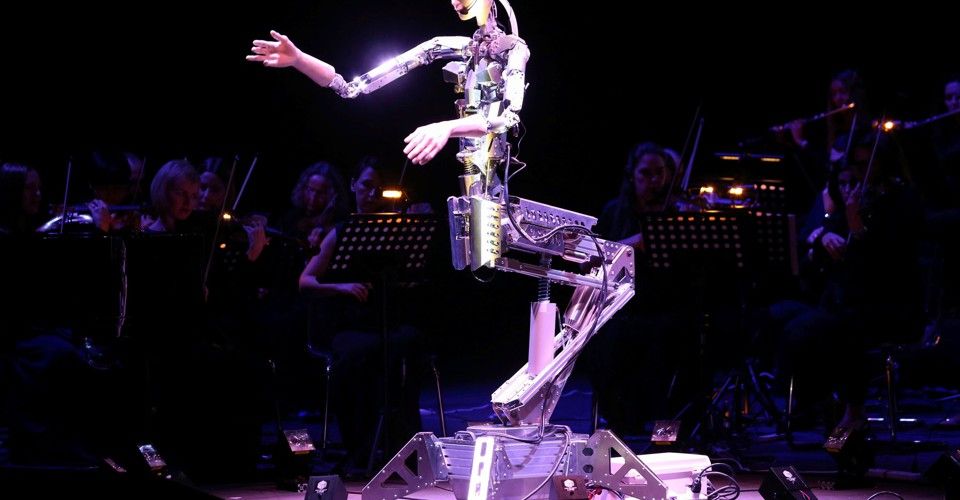
Advancements in robotics are continually taking place in the fields of space exploration, health care, public safety, entertainment, defense, and more. These machines—some fully autonomous, some requiring human input—extend our grasp, enhance our capabilities, and travel as our surrogates to places too dangerous or difficult for us to go. Gathered here are recent images of robotic technology, including a machine built to draw portraits, battle robots, a dance performance, an autonomous mobile vending machine, an art installation, an agri-bot, a robotic priest, a Mars rover, a grocery-store bot, and much more.